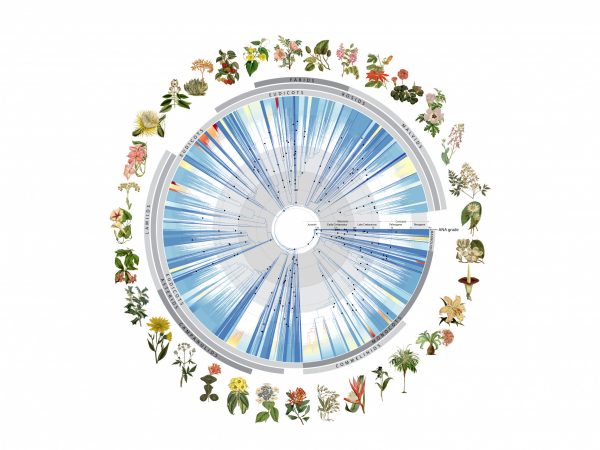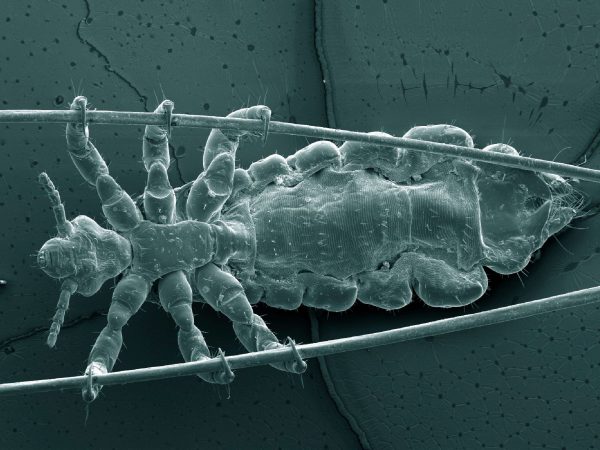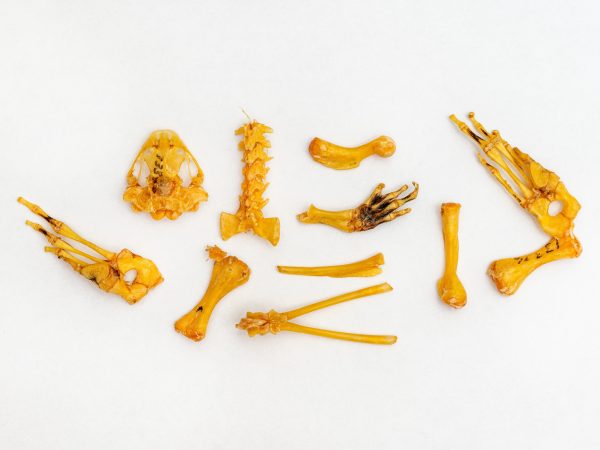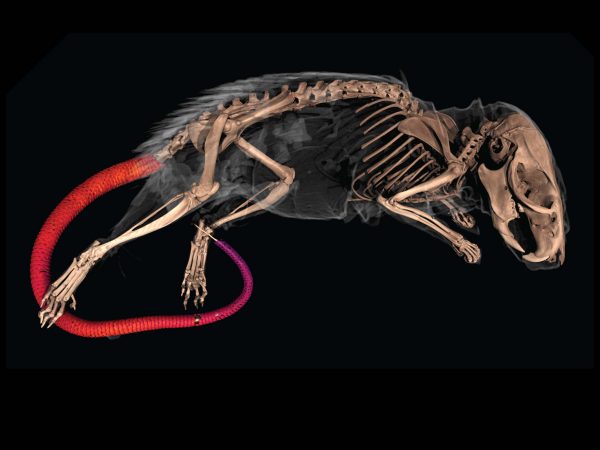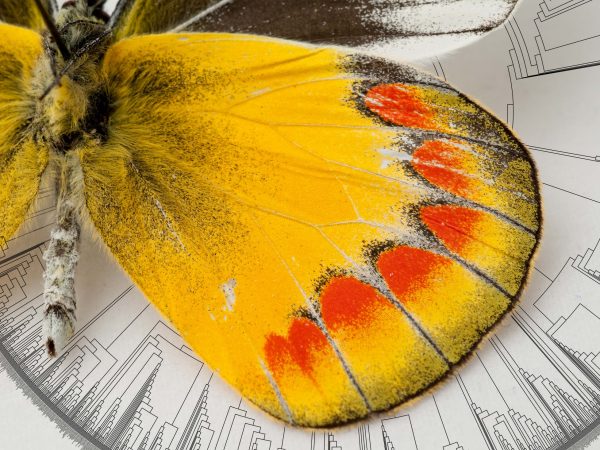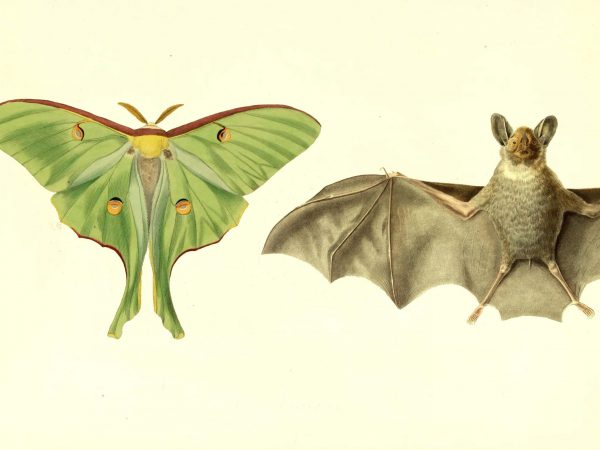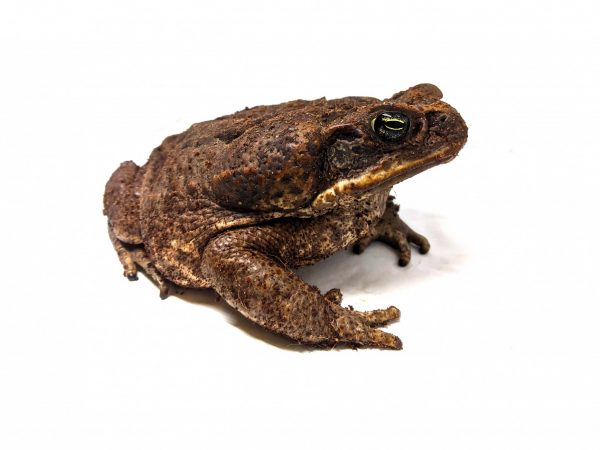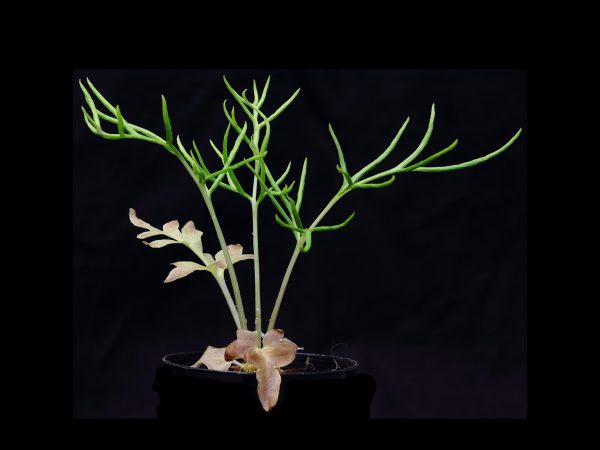Vast DNA tree of life for plants revealed by global science team
A new paper published today in the journal Nature by an international team of 279 scientists led by the Royal…
Read More
Head lice evolution mirrors human migration and colonization in the Americas
A new analysis of lice genetic diversity suggests that lice came to the Americas twice – once during the first…
Read More
Frogs were Florida’s first-known vertebrates from the Caribbean
Deep in the forests of Haiti lives the blue-eyed La Hotte glanded frog (Eleutherodactylus glandulifer), which once went 20 years…
Read More
Move over, armadillos. There’s a new bone-plated mammal in town
Mammals are a bit odd when it comes to bones. Rather than the bony plates and scales of crocodiles, turtles,…
Read More
Butterfly tree of life reveals an origin in North America
About 100 million years ago, a group of trendsetting moths started flying during the day rather than at night, taking…
Read More
For birds, blending in may result in more diversity
The saying “Birds of a feather flock together” is being given new meaning by a study published in the Philosophical…
Read More
What is it good for? Absolutely one thing. Luna moths use their tails solely for bat evasion
In a pair of complementary studies, researchers take a close look at Luna moth (Actias luna) tails through the eyes…
Read More
A hard pillbug to swallow: First X-rays of frog feeding show how they consume prey
The phrase “to swallow one’s tongue” has been around since at least the 1880s and has been repurposed in several…
Read More
Ferns finally get a genome, revealing a history of DNA hoarding and kleptomania
Ferns are notorious for containing massive amounts of DNA and an excessively large number of chromosomes. Defying all expectations, a…
Read More
Frog forelimbs may be adapted for love and war as well as jumping
Hold out your arm with your palm facing downward. Now rotate your hand 90 degrees to give a thumbs-up without…
Read More
